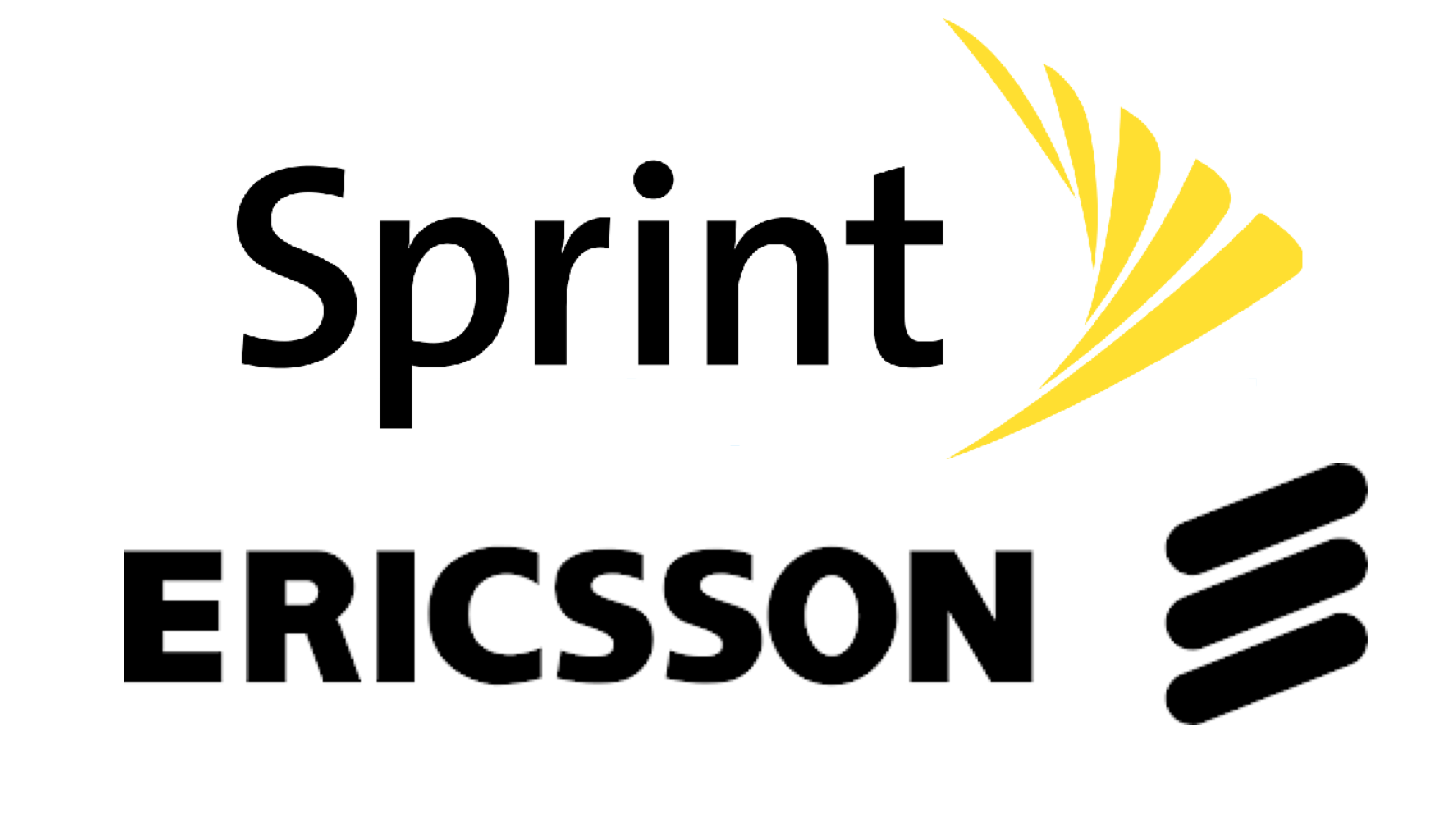Sprint, Ericsson Reveal IoT-Dedicated Core and Operating System

Sprint and Ericsson have formed a global relationship to build a distributed and virtualized core network dedicated specifically to IoT (Internet of Things), in addition to a world-class IoT operating system. This new environment, which is purpose-built for the future of IoT, is designed to create an optimal flow of device data, enabling immediate, actionable intelligence at the network edge for end users and enterprises.
The global Sprint IoT platform is set to be presented at a press conference at Mobile World Congress Americas in Los Angeles, Wednesday, September 12 at 10:30 a.m.
“We are combining our IoT strategy with Ericsson’s expertise to build a platform primed for the most demanding applications like artificial intelligence, edge computing, robotics, autonomous vehicles, and more with ultra-low-latency, the highest availability and an unmatched level of security at the chip level,” said Ivo Rook, senior vice president of IoT for Sprint. “This is a network built for software and it’s ready for 5G. Our IoT platform is for those companies, large and small, that are creating the immediate economy.”
“Sprint is a pioneer in IoT and we are excited to work together to create a truly disruptive IoT business,” said Asa Tamsons, senior vice president and head of business area technology and emerging business, Ericsson. “Sprint will be one of the first to market with a distributed core network and operating system built especially for IoT and powered by Ericsson’s IoT Accelerator platform. Our goal is to make it easy for Sprint and their customers to access and use connected intelligence, enabling instant and actionable insights for a better customer experience and maximum value.”
The Core Network is dedicated to help provide low latency and highest availability. It is distributed and virtualized, reducing distance between the device generating the data and the IoT application processing it; nodes are distributed right to the enterprise premise, if necessary, to support specific security, privacy and latency requirements.
The IoT OS features connectivity management and device management: Capabilities enable simplified inbound and outbound activity for device connectivity. Configuration and updates of firmware and software are managed for each device. All data is managed securely with world-class security on the chip level.
The IoT OS provides full subscription lifecycle management and monitoring of billing and usage data. It also features capability to ingest enormous amounts of data while delivering immediate intelligence on that data.
A daily selection of features, industry news, and analysis for AV/IT professionals. Sign up below.
The AVNetwork staff are storytellers focused on the professional audiovisual and technology industry. Their mission is to keep readers up-to-date on the latest AV/IT industry and product news, emerging trends, and inspiring installations.
